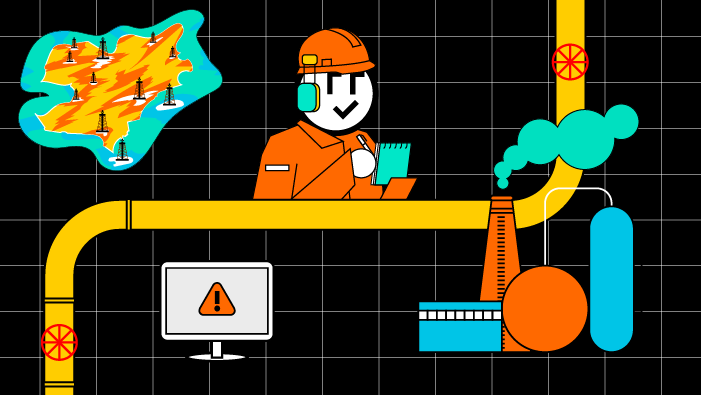
Explore use cases pertaining to Oil & Gas industry where machine learning is being used to solve complex business problems:
Oil & Gas companies are on the digital journey to retool nearly every aspect of the value chain with sensors that allow companies to collect and store data. Oil & Gas companies are now looking at both structured and unstructured data that is collected and building AI/ML models that analyze data at scale to gain a competitive edge in prediction and optimization while ensuring there is limited downtime.
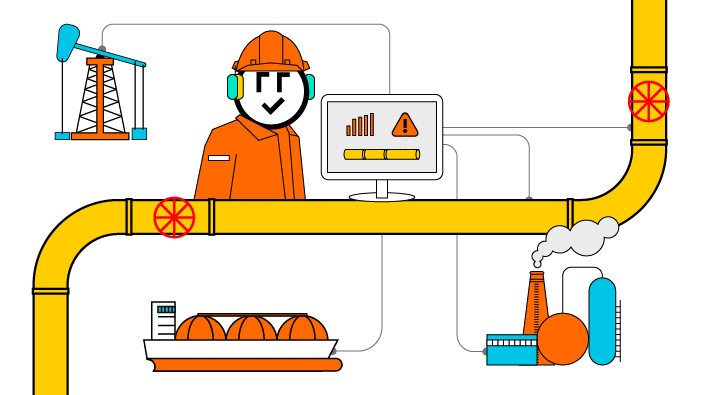
Maintenance and Safety
Limit downtime and maximize value, by using data to build predictive models on when, where, why and how machines will break. This helps teams to build maintenance and procurement plans with adequate resources ensuring there is little downtime. Companies are able to ensure the fields are producing efficiently at capacity with no safety issues while realizing cost savings.
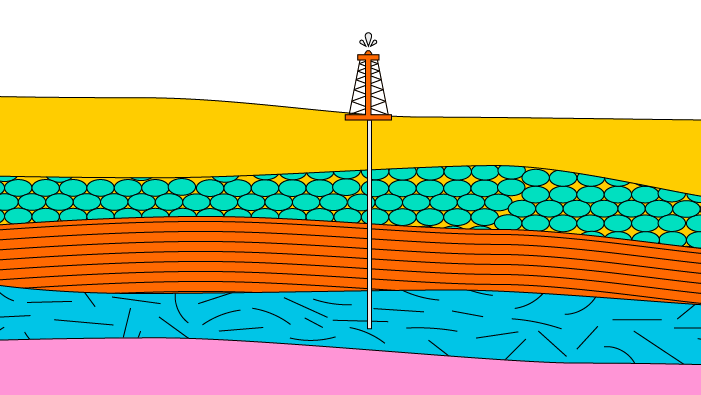
Geomechanics
Use computer vision ML models that help improve the prediction of reservoirs during exploration. Models can take into account several geomechanical parameters combining past drilling data and analysis and provide near accuracy recommendations. Models help to predict accurately on where drilling operations should take place. In addition, provides reservoir characteristics on an on-going basis to support operations and continuity.
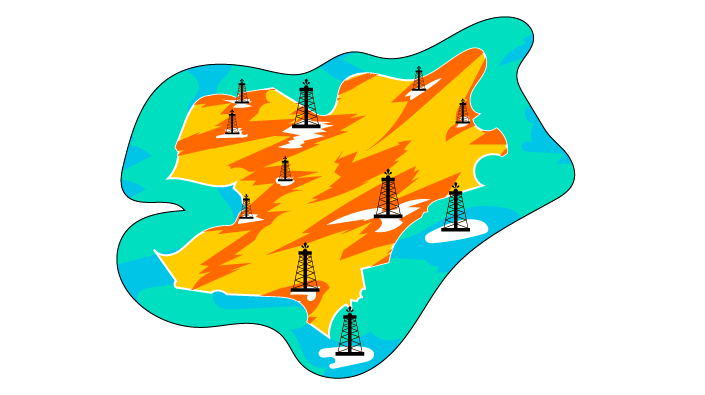
Geospatial
Oil and Gas companies rely on geospatial models to better understand where prospective drilling operations can be done keeping in mind well spacing and geo-hazards based on terrain data. ML models are also used for network planning and route design when laying pipelines. From a DTC perspective, use of geospatial data to understand where outlets should be deployed to meet customer demand.
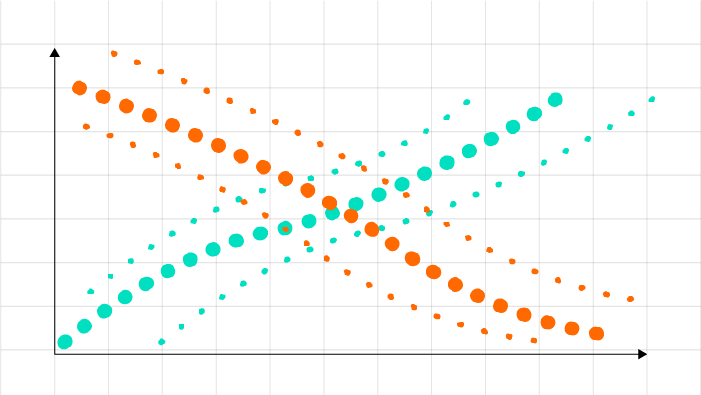
Supply and Demand Forecasting
ML models can predict patterns and changes to demand based on several real time factors and historical data. This can help operation teams to review production plans, deploy staffing, manage storage and transportation to meet demands while maintaining production optimization.
Schedule a Workshop for your Team